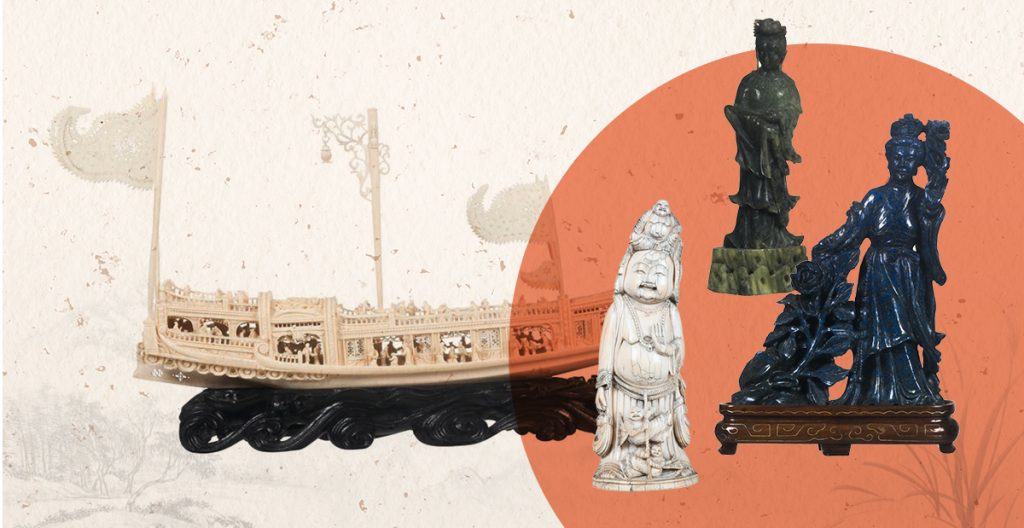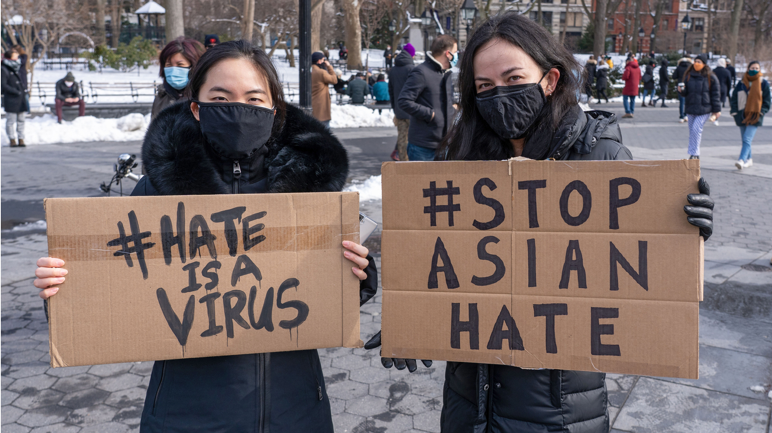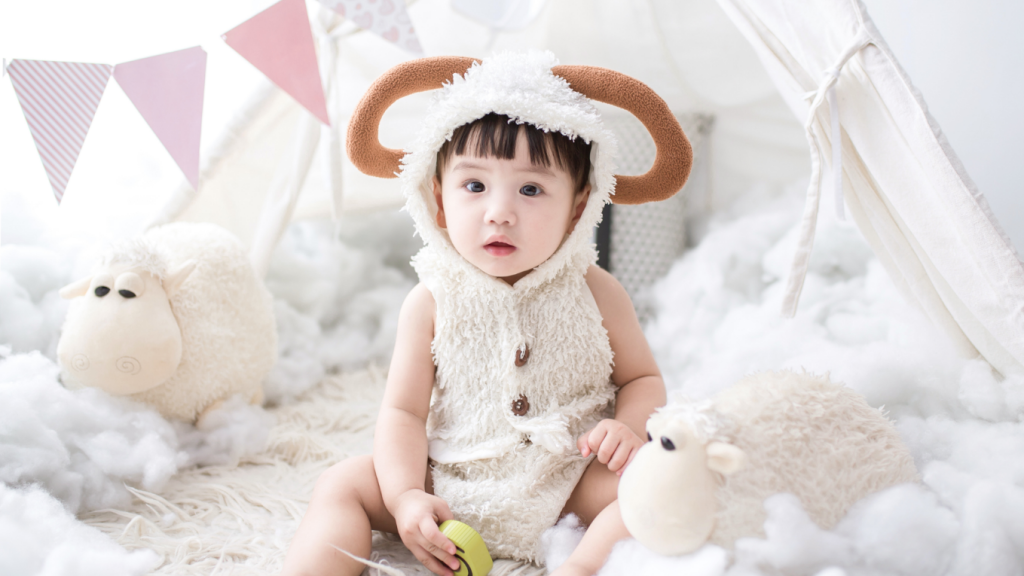Tattoos in Chinese History and Culture

Love them or hate them, you have to admit that tattoos are becoming more and more culturally accepted. Some individuals have become living galleries, sporting artwork on their skin. But others still have this negative view of people that have tattoos.
The art of tattooing has existed in China for thousands of years. The Chinese term is “ci shen” which translates to “puncture the body.” While it has existed for a very long time, the practice isn’t exactly common or desirable. Most of Chinese history viewed tattooing as the desecration of the body and something that was used as punishment.
Famous tattooed Chinese figures throughout history
There is even a significant piece of historical literature that references tattooing: “The Water Margin.” It tells the stories of bandit Song Jiang and his 108 companions. Three of the characters were described as having tattoos covering their entire bodies.
The Chinese general Yueh Fei also had one of the most famous tattoos in Chinese history. He served during the South Song Dynasty. Yueh Fei served a field marshall who betrayed the South Song and went over to the northern enemies in the midst of a battle. And in protest, Yueh Fei resigned and returned home.
Upon returning home, he was scolded by his mother since he had betrayed his first and foremost duty to his country by resigning. As punishment for this grievance, she took her sewing needle and tattooed four characters on his back: jin zhong bao guo. These four characters have been roughly translated to mean “Serve his country with ultimate loyalty.”
Criminals convicted of severe crimes also began to be marked with tattoos for identification before they were exiled. This form of punishment was known as “ci pei.”
For the most part, these stigmas have not left the Chinese mentality and have been affiliated with organized crime and the criminal underworld.
Tattoos among Chinese ethnic groups
Mainland China does not look kindly on tattoos, requiring celebrities to cover up their tattoos on screen and inked-up athletes to wear long sleeves to cover any visible tattoos. However, Chinese ethnic groups have very strong tattooing traditions. Among them, the Dulong, Dai, and Li people have the strongest tattooing traditions.
The Dulong group’s tattoo traditions date back to the Ming Dynasty when they were under attack from their neighbors and would be taken as slaves. Women began tattooing their faces to appear less attractive, presumably to deter rapists. The tradition continues today despite their now peaceful existence with neighboring tribes. Dulong girls aged 12 to 13 years old have tattooed faces as a rite of passage and a sign of maturity.
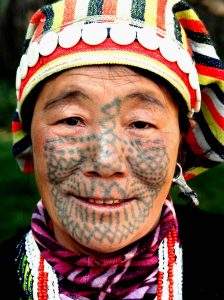
Source: We Read China
For the Dai tribe, tattoo traditions differ for their men and women. While both are tattooed, the women are tattooed on the backs of their hands, arms, or have a small dot tattooed between their eyebrows. The Dai men’s tattoos are signs of strength and virility and made to accentuate and emphasize their muscles. The tattoos will usually feature ferocious beasts such as dragons or tigers. Ancient Dai tattooed their children when they were 5 or 6 years old, but it’s now more commonly done when the individual is 14 or 15 years old.
As for the Li people of Hainan, their long-standing tattooing tradition is practiced among women. While men have been known to get three blue circular rings on their wrists for medicinal purposes, tattoos are more common among women, much like the Dulong tribe. The Li girls are tattooed when they are 13 or 14 years old. The tattoos take four or five days and begin with the neck, the throat, and the face. Over the next few years, tattoos on the arms and legs would follow. Their hands would only be tattooed when they get married as it was not deemed appropriate for single women to wear them.
Various Li tribes differ greatly, and their tattoos can be used to differentiate which tribe a woman was from, but by the 1930s, facial tattoos were rarely seen and they were primarily on the arms and legs. Nowadays, it is rare to see anyone sporting the traditional tattoos in the Hainan province, save a few elderly Li women.
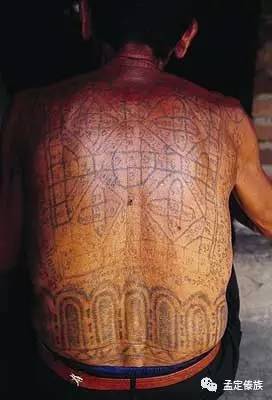
It’s a bit sad that traditions passed down from generation to generation are disappearing, and we can only assume it’s partly because of modernization and exposure to people who may not understand the cultural importance of the ink they bear and others who may impose their notions of what is appropriate and acceptable in society.
Personally, I have a few tattoos and view my pieces as art that have significance to me, and while you’re free to have your opinions, I don’t think anyone should make any assumptions about me just because I choose to have tattoos.
If seeing art on bodies is not your cup of tea, perhaps Chinese painter Shitao‘s art form might be more your style.







